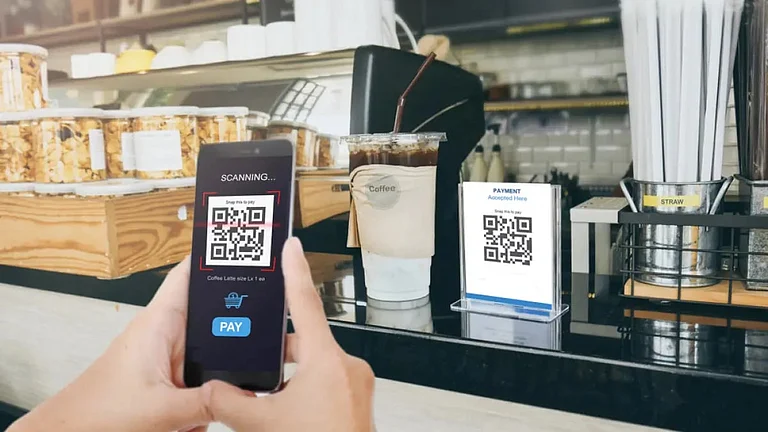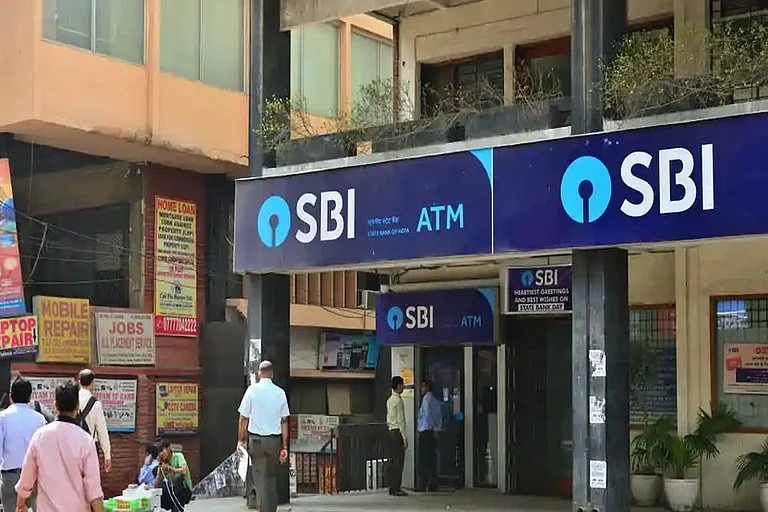In this digital age where money transactions through swipes, scans, and/or the Unified Payment Interface (UPI) is the new norm, the task for sharing and managing household expenses has changed. For many families, managing daily expenses for elderly parents, children, or even household help often comes with its fair share of back-and-forth, sharing UPI PINs (which is risky), coordinating calls for approvals, or simply asking, “Can you send money from your app?”
That has now changed in a small, but meaningful way.
The National Payments Corporation of India (NPCI) introduced a new feature last year, called ‘UPI Circle’ that allows primary UPI users to share their accounts with trusted secondary users for digital transactions. Initially this feature was available only on the BHIM UPI app, but now it is available on other platforms, such as PhonePe and Google Pay, making it much more practical for real-world use.
What is UPI Circle
In simple terms, it’s a way to let someone else, such as a family member or caregiver, make payments from your bank account, with your permission. Think of it as delegation, but with limits and full visibility.
With interoperability in place, now a user on PhonePe can link with someone on BHIM or GPay, and payments can happen across apps. That small technical change solves a big coordination problem in many households.
How it Works
Say, you are on PhonePe, and your elderly parents are still using BHIM. With UPI Circle, you can invite them as a secondary user, right from within PhonePe’s UPI Circle section.
You send them an invite by either selecting their contact, entering their UPI ID, or scanning their QR code.
Next, they need to accept it on their end (on BHIM). And just like that, they can start making payments from your account.
Of course, this is all within the preset limits, and you remain in control. Here’s How:
Whenever they (your family member) will try to pay someone, say for groceries, you will get an instant notification. Once you approve the transaction by entering your UPI PIN, the transaction will go through. It is smooth, and both of you get alerts confirming the payment.
There are two ways to delegate the UPI Circle access:
1] Partial Delegation: This option is what most apps support as of now. Here, the secondary user can initiate the payment, but the final confirmation has to come from you. It is a handy feature if you still want to oversee every transaction, but don’t want to be the one doing the scanning or data entry.
2] Full delegation: This option is limited to the BHIM app as of now and allows the secondary user to directly pay. In essence, they won’t need to ask you for approval each time. However, there are some conditions in this process: the secondary user can only make payments of Rs 5,000 per transaction and up to Rs 15,000 per month. This option is good for low-value, routine expenses when you might not always be available to confirm.
And if something feels off? You can revoke access instantly.
Why this Matters
Most families don’t all use the same UPI app. Some might prefer PhonePe, while few might be long-time users of GPay. Earlier, that meant UPI Circle was barely usable unless everyone was willing to switch to BHIM.
By bringing in cross-platform support, NPCI has made the feature genuinely useful. It is also a step forward in how digital payments can better reflect real-world relationships, where financial roles are often shared or delegated.
For anyone juggling shared finances, whether it’s with ageing parents, domestic help, or even children at college, this is a quiet upgrade that makes life a little simpler, and a lot more secure.
















